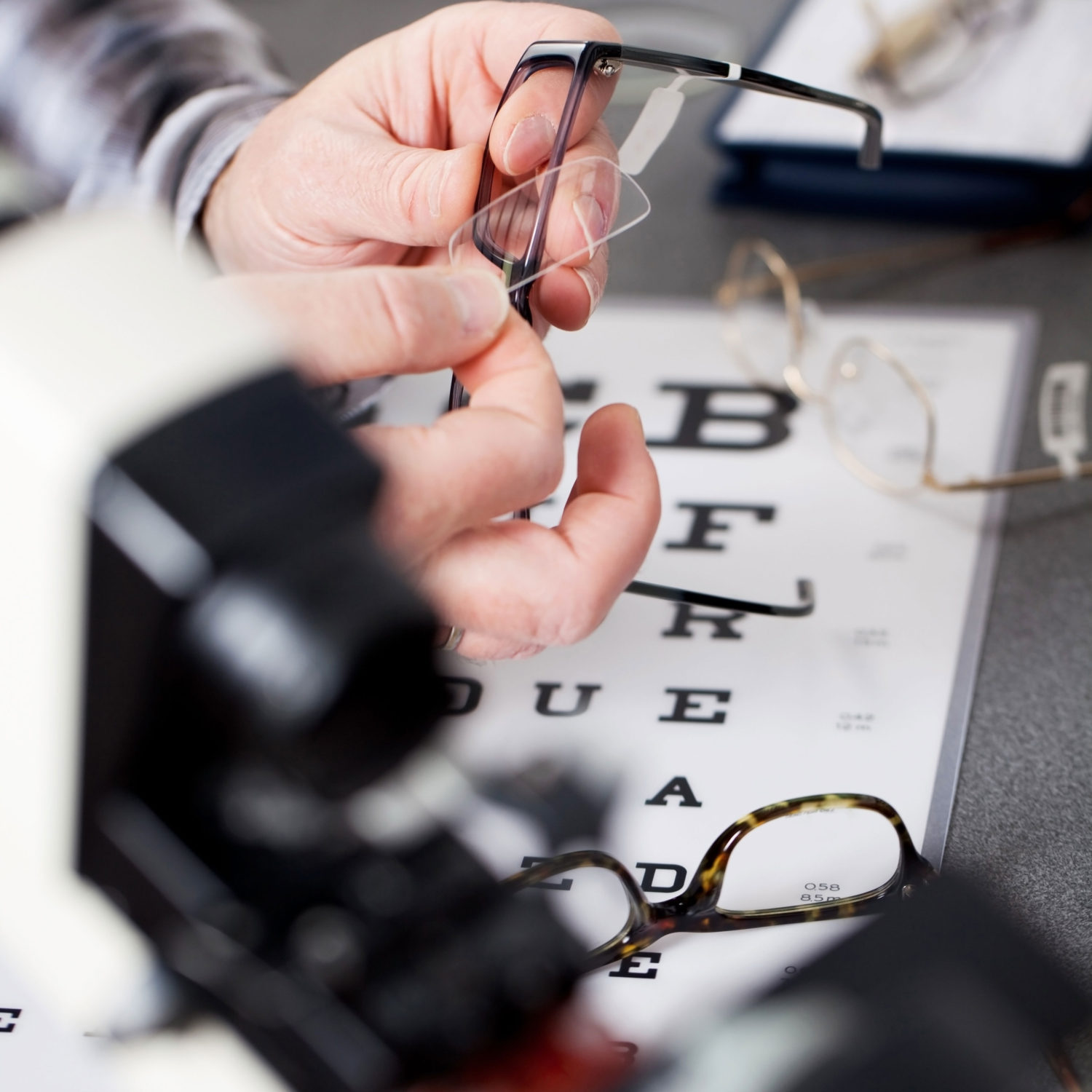As you know, remakes are costly. When a lens or frame doesn’t satisfy a patient the effort required to create a remake hurts the production flow of the lab, causes difficulties for the practice, and inconveniences the patient.
The cost of a lab bill can significantly impact the bottom line of the practice. A major factor in controlling costs is controlling remakes. Each time an order is remade the cost of goods increases and chair time for you to see other patients is lost.
Don’t worry, the amount of remakes don’t say anything about you as an optometrist. However, the way you handle the issue might say everything about you, your practice, and the care you provide for patients. Taking care of the needs of the patient is always the number one priority. The benefit of keeping a patient is obvious, they are the ones that keep you in business.
5 tips to reduce remakes:
1. Create a Prevention Plan
Prevention, not elimination, is key. It’s nearly impossible to eliminate all remakes, but focusing on creating a prevention plan is a great start to reduce the amount of remakes. In order to have a successful plan in place the entire staff needs to be on board. This should be an ongoing effort and a hot topic in staff meetings. Explain why it’s important, set goals as a team, and provide incentives that are personal for each individual.
2. Write a Remake Policy and Stand by it
If you don’t already have a policy in place for remakes then write one down. Having a policy that you can print and hand to a patient will help avoid anyone abusing the services you provide. Being protected from abuse will also save you money on your lab bill because you will have the control to align regulations from the lab to your policy.
3. Reduce Controllable Remakes
Control what you can. When dealing with a patient who is indecisive about what frame to buy suggest the idea of taking pictures with their phone and sending them to a spouse or friend to get a trusted opinion. If a patient comes in wanting new lenses because of a scratch, review records and make sure it’s still under warranty. Most importantly, take your time. Have a second pair of eyes review the prescription and the order for accuracy.
4. Use Reports
Without knowing your weaknesses it’s hard to know what needs to be improved. Call your lab and ask if they can provide a remake report. You will see how your lab tracks the process, which costs are passed onto you, and where opportunities for improvement are. A few of the most common causes for remakes are; doctor error, optician error, optician damage, lab error, product defect, and buyer’s remorse.
5. Educate Patients
Often because of unrealistic expectations some people will just have issues. Show how much you care about your patients by explaining the benefits of choosing the right frame. Review the adjustments that are being made or how a metal frame, compared to a zyl frame, might feel different to them. Hold patients responsible by teaching them to clean and care for their glasses. When they have more responsibility in their hands they will tend to take better care of what they have. Remember, you’re the expert so you’re more than capable of giving advice without forcing your option on the patient’s decision.
Final thoughts:
-Know your lab. Know the warranties, costs, and other factors involved.
-Experiment, don’t be afraid of new technology. Try something different for a patient. By doing so they will be able to make a comparison between an old pair of glasses and a new pair. Only then will you know the patient is truly happy with what they have.
-Show how much you care about your patients by listening to them, solving any problems, and providing great customer service.
-Find a balance with patient satisfaction and employee satisfaction. Remakes take away money from your practice that could be shared with staff members in the form of a bonus or raise.
-Make good habits and try your best to order the job correctly the first time.

